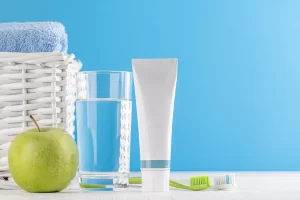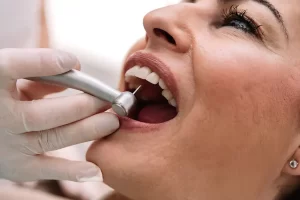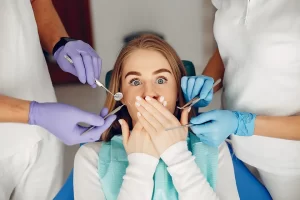We all want a smile that is bright, confident, and healthy. We often think about the big things that can get us there, like whitening or orthodontics. But the truth is, a truly great smile isn’t built on complex treatments; it’s built on the small, consistent things you do every single day. The foundation of a lifetime of good oral health is simply a commitment to the best dental hygiene practices.
Here at FIFTH ST Dental, we believe that our most important job is to be your partner in prevention. While we’re here to fix problems when they arise, our real goal is to help you avoid them altogether. Think of this as your guide to the simple, powerful habits that make all the difference—a back-to-basics look at the best dental hygiene practices for a truly healthy smile.
Why the Best Dental Hygiene Practices Matter
If you only focus on two things, make them these. These are the absolute pillars of any conversation about the best dental hygiene practices. Everything else is secondary.
1. Brushing Techniques: Foundation of the Best Dental Hygiene Practices
We all know we’re supposed to brush twice a day, but how you brush is just as important as how often.
- The 2-Minute Rule: Most people rush through their brushing. The Canadian Dental Association recommends brushing for a full two minutes each time to effectively clean all surfaces. Try setting a timer on your phone to see how long you really brush for—the results might surprise you!
- Use a Soft Brush: This is a big one. Many people think a medium or hard-bristle brush cleans better, but it can actually damage your enamel and gums. A soft-bristled brush is all you need to effectively remove plaque without causing harm.
- Angle is Everything: Instead of scrubbing back and forth aggressively, tilt your brush at a 45-degree angle to your gum line. Use gentle, circular motions to clean the front, back, and chewing surfaces of every tooth. Don’t forget to gently brush your tongue to remove bacteria and freshen your breath.
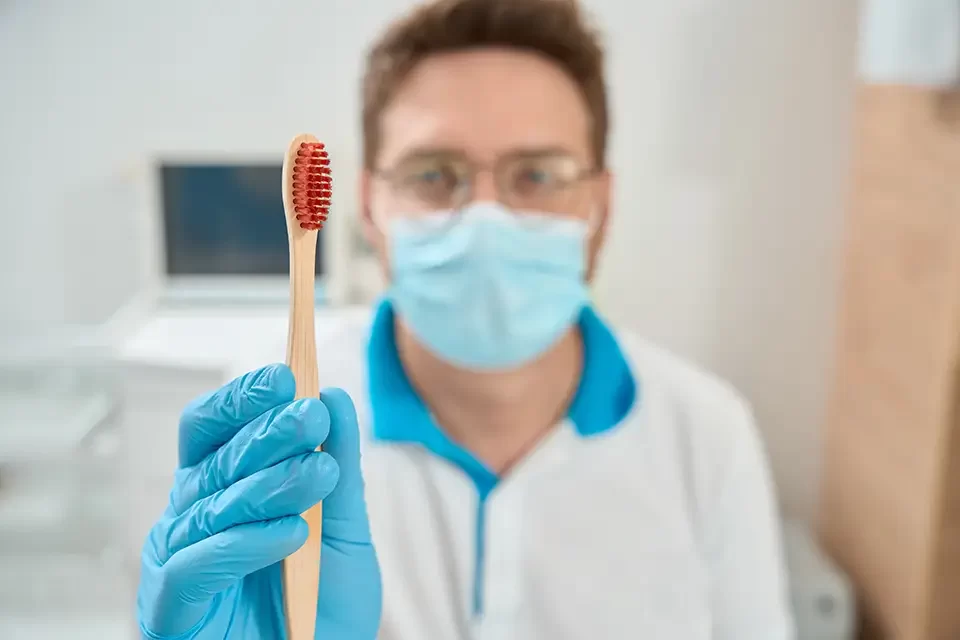
2. Flossing Daily: A Key Dental Hygiene Practice for Healthy Gums
Your toothbrush is great, but it can’t reach everywhere. Flossing cleans the tight spaces between your teeth and under the gum line—the places where cavities and gum disease most often start. If you’re not flossing daily, you’re missing about 35% of your tooth surfaces. This is, without question, one of the best dental hygiene practices for preventing future problems.
- How to Do It Right: Use about 18 inches of floss, wrapping most of it around one middle finger and a small amount around the other. Gently guide the floss between your teeth and curve it into a “C” shape against each tooth, sliding it gently under the gum line. Use a clean section of floss for each tooth.
Beyond Brushing and Flossing: Other Best Dental Hygiene Habits
Once you have the “Big Two” down, adding a few other habits to your routine can elevate your oral health even further.
- Consider a Mouthwash: An antimicrobial or fluoride mouthwash can be a great addition to your routine. It can help reduce the amount of bacteria in your mouth, fight plaque, and strengthen your enamel. It’s a great final step after brushing and flossing, but it’s not a replacement for them.
- Watch Your Diet: What you eat plays a huge role in your oral health. A diet high in sugary and acidic foods and drinks constantly fuels the bacteria that cause cavities. Limiting sugar and drinking plenty of water throughout the day are some of the simplest and best dental hygiene practices you can adopt.
- Don’t Use Your Teeth as Tools: Your teeth are designed for one thing: chewing food. Using them to open packages, bite your nails, or hold things puts them at risk for chipping or breaking.
Dental Hygiene Checkups: Partnering with FIFTH ST Dental
Your fantastic home care is your first line of defence, but it needs to be paired with regular professional care. No matter how well you brush and floss, there will always be areas you miss, and hardened plaque (tartar) can only be removed by a dental professional.
Coming to FIFTH ST Dental for your regular checkups and cleanings is the final piece of the puzzle. These visits allow our skilled hygienists to give your teeth a thorough cleaning and allow your dentist to spot any potential issues long before they become big, painful, or expensive problems. This professional partnership is what completes the list of the best dental hygiene practices.
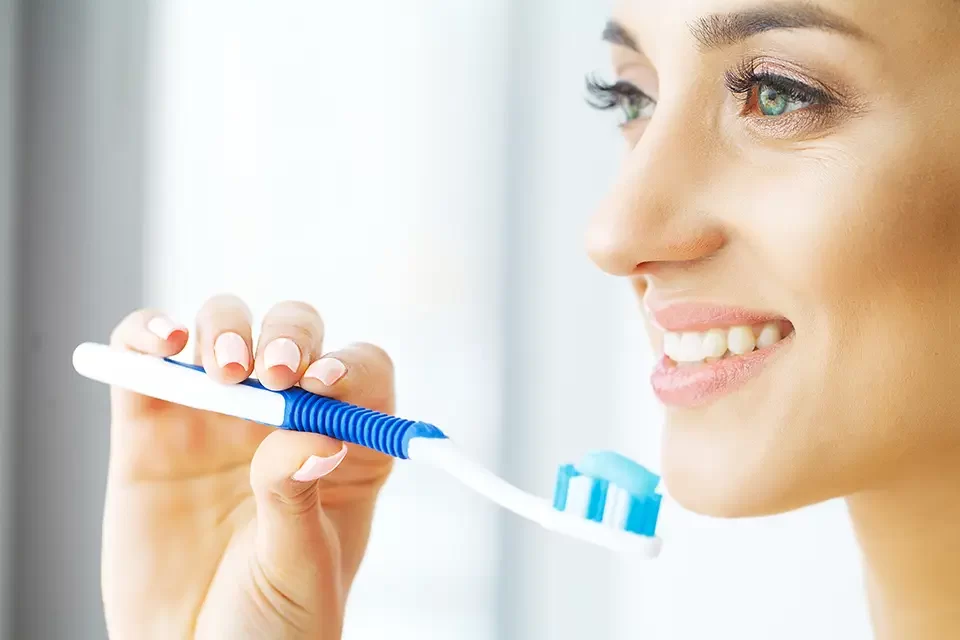
Conclusion: Committing to the Best Dental Hygiene Practices for Life
A healthy, confident smile for life doesn’t require a complicated secret. It simply requires a commitment to a few simple, powerful habits. By mastering the art of gentle, thorough brushing, making daily flossing a non-negotiable part of your routine, and partnering with our team for regular checkups, you are practicing the best dental hygiene practices possible.
At FIFTH ST Dental, we are passionate about empowering our Etobicoke community with the knowledge and support you need to maintain a lifetime of great oral health.
Ready to Perfect Your Routine?
If you have questions about your home care or if it’s time for your professional checkup and cleaning, we’re here to help. Contact our Etobicoke office today. Let’s work together to keep your smile healthy and bright.
Frequently Asked Questions (FAQs)
1. Is an electric toothbrush better than a manual one?
Not necessarily. A person who uses a manual toothbrush with excellent technique can get just as good a result as someone with an electric one. However, many people find that the built-in timers and oscillating heads of an electric toothbrush help them do a more thorough job.
2. How often should I replace my toothbrush?
You should replace your toothbrush (or the head on your electric one) every three to four months, or sooner if the bristles become frayed. A worn-out toothbrush doesn’t clean effectively.
3. What is the most important part of a good dental hygiene routine?
While everything is important, most dental professionals would agree that daily flossing is the most critical habit that people tend to skip. It’s one of the best dental hygiene practices for preventing gum disease and cavities between the teeth.
4. Does chewing sugar-free gum help my teeth?
Yes, it can. Chewing sugar-free gum after a meal stimulates saliva production, which is your body’s natural way of rinsing away food particles and neutralizing acid. Look for gum sweetened with xylitol for an added cavity-fighting benefit.


